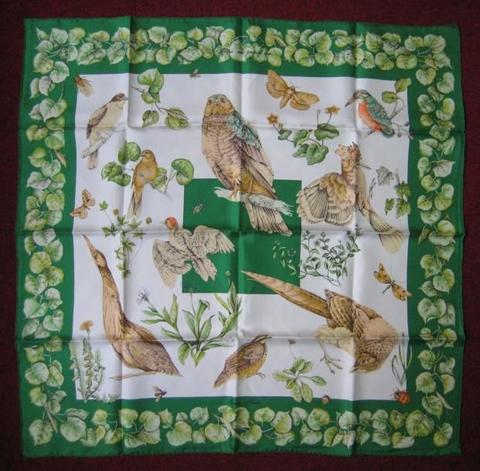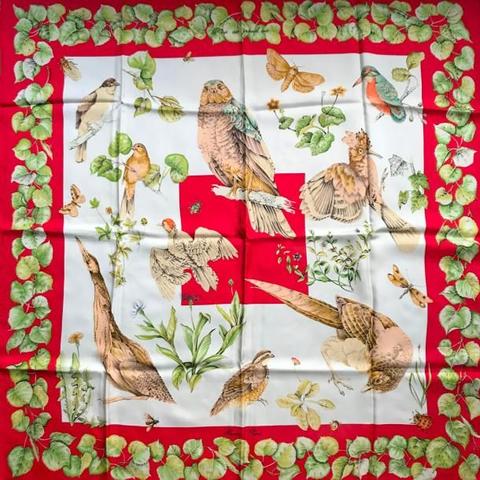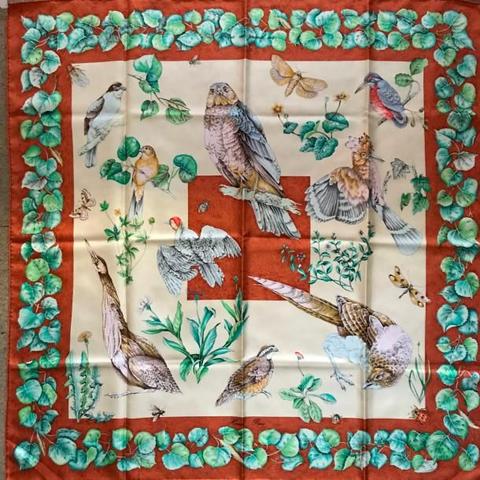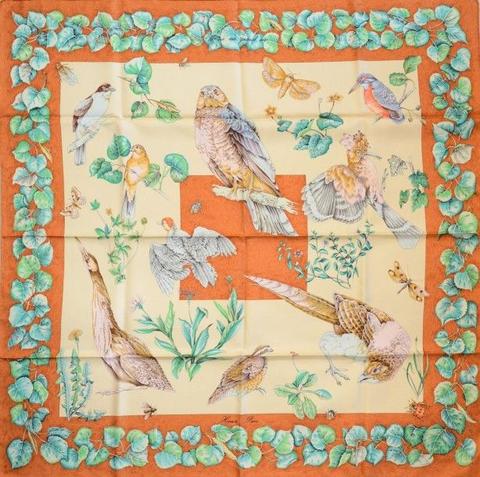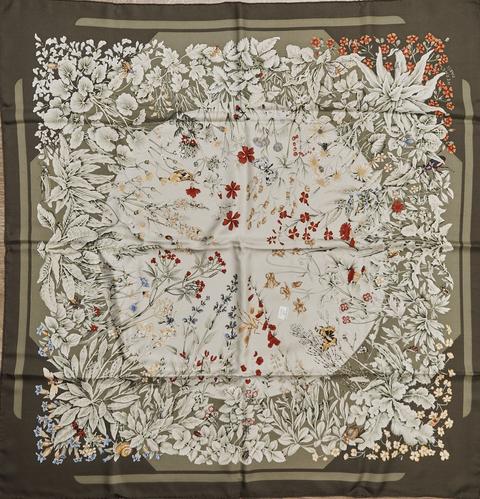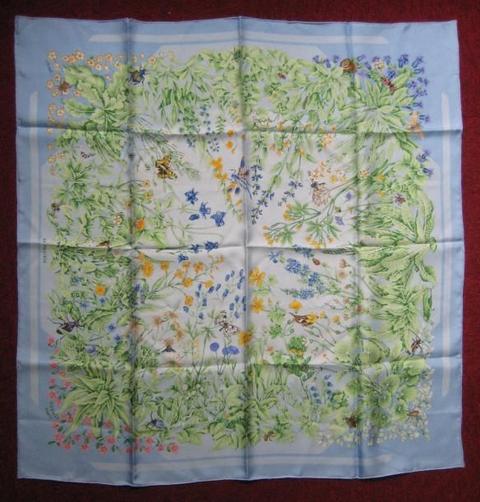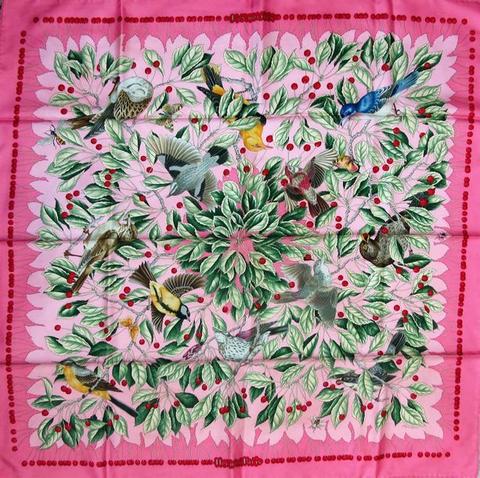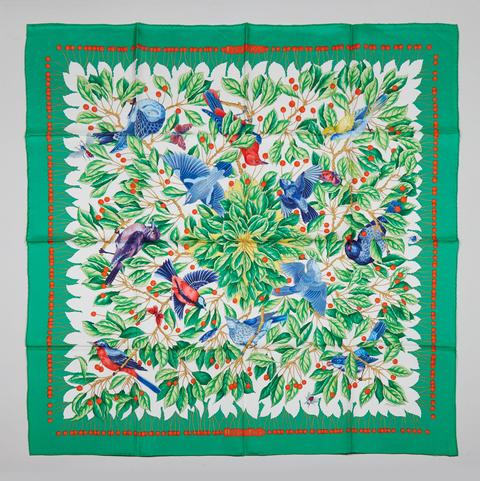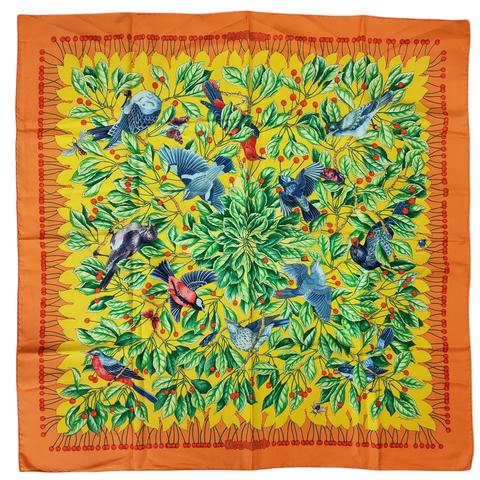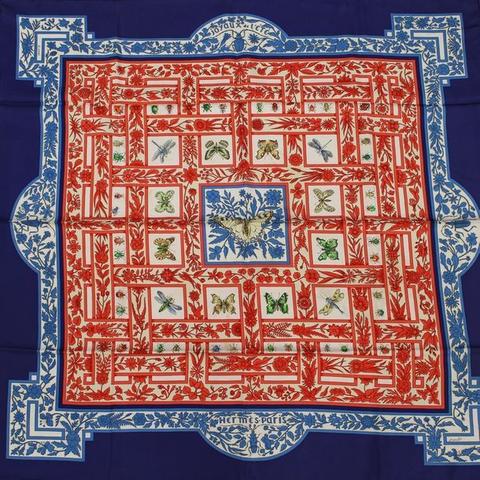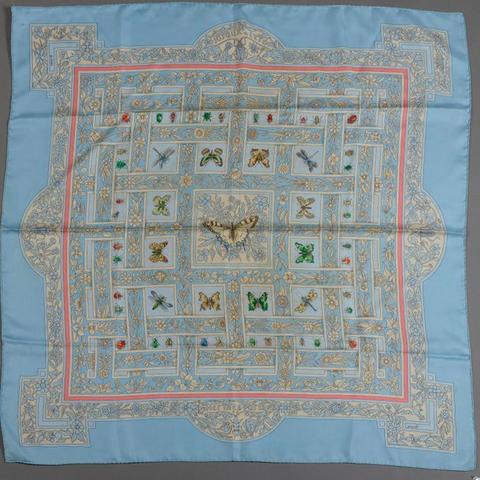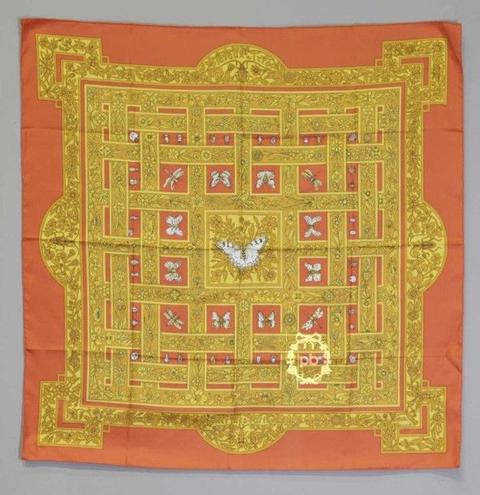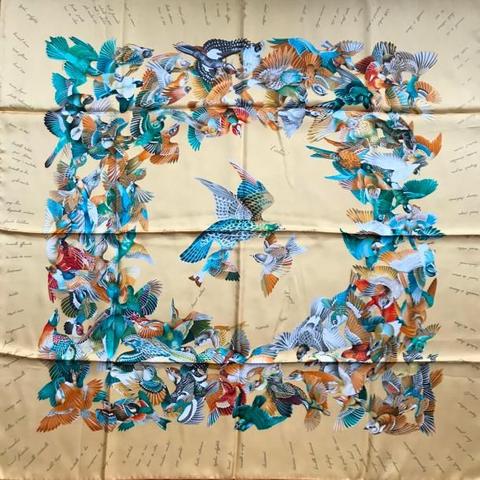Antoine De Jacquelot
Antoine de Jacquelot du Boisrouvray is a renowned French painter and tapestry designer, best known for his work with the prestigious brand Hermès. Born in 1938 in Anjou, France, he has dedicated his life to the rare and unique profession of being a peintre cartonnier.
De Jacquelot studied at the École des Beaux-Arts in Bourges and the École des Métiers d’Art in Paris. Under the tutelage of artists such as Perrot and Maurice André, he honed his skills as a painter and tapestry designer. In 1962, he received the Diplôme des Métiers d’Art and began his career as a colorist for Royal Paris in 1963.
In 1990, he started his collaboration with the luxury brand Hermès, creating some of their most iconic scarves. Among his designs are La vie au grand air, La prairie, Pampres, Les merises, Joyaux de l’été, L’intrus, Casse-Noisette, and L’arbre de soie. In addition to his work for Hermès, de Jacquelot has also worked with the Italian company Ratti since 1992.
Drawing inspiration from nature, de Jacquelot is a keen observer of plants and animals, using his artistic talents to capture their essence with the precision of a naturalist. His imaginative approach to reconstructing forms and colors emphasizes elegance and decorative character. This dedication to detail and artistic vision has made him a master of the language of tapestry, transforming maquettes into the large-scale designs that guide artisans throughout the weaving process.
De Jacquelot’s work has been featured in various exhibitions, such as the retrospective at the Pôle de la Porcelaine in Mehun-sur-Yèvre, where his Aubusson tapestries and Hermès designs were displayed. Despite the modern shift toward digital and photographic techniques in tapestry design, Antoine de Jacquelot remains one of the last active peintres cartonniers in France, preserving the tradition of hand-drawn tapestry designs.
Residing in Saint-Denis-de-Palin near Bourges for many years, de Jacquelot has also experimented with painting on unusual surfaces, such as dried gourds from his garden. This innovative approach showcases his mastery of both color and form, further solidifying his reputation as a versatile and accomplished artist.
41 variations referenced


